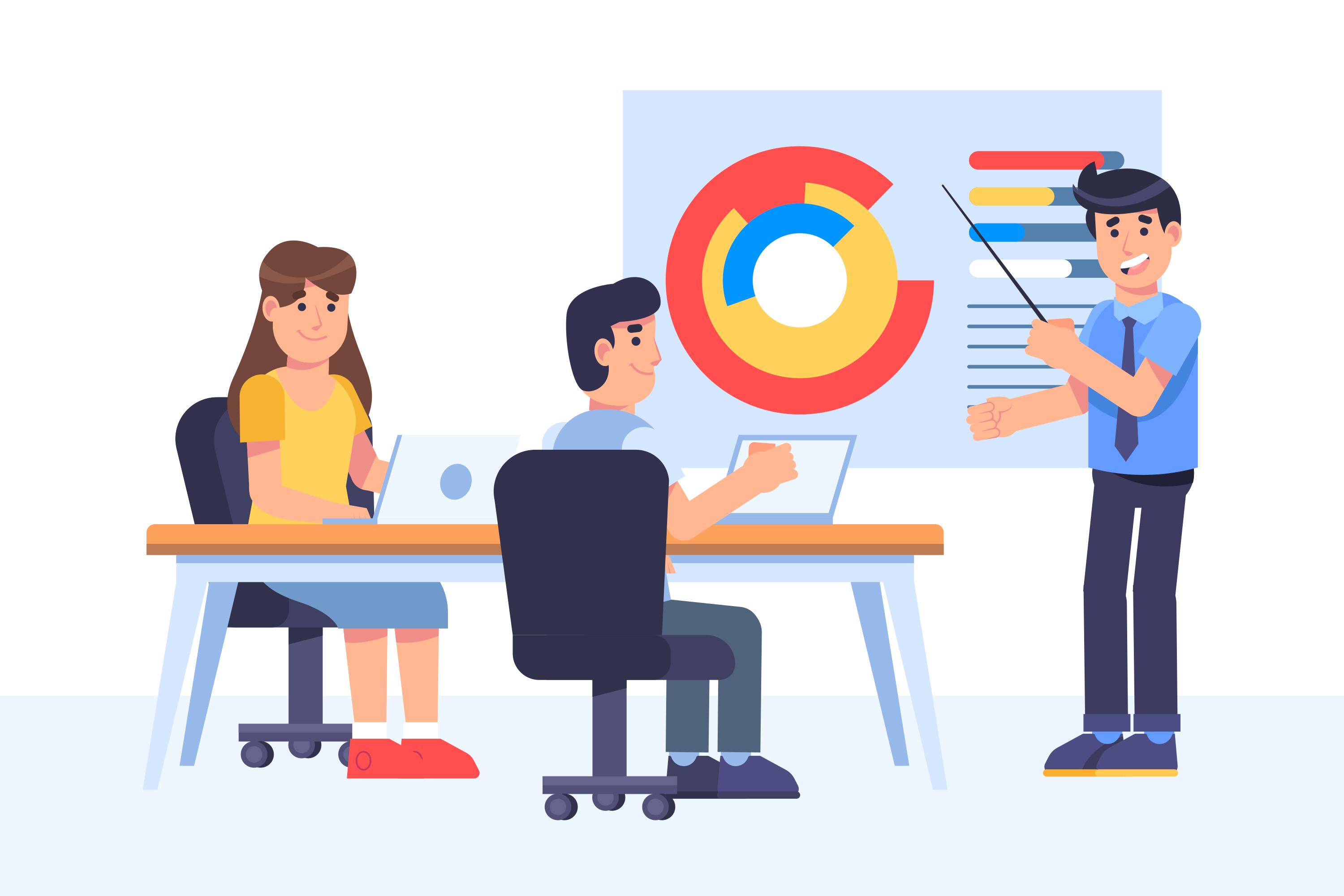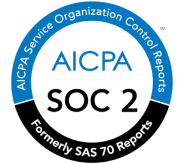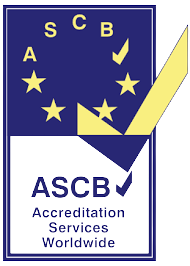Table of Content
- Introduction
- The Importance of Training and Development
- What are the Main Types of Training for HRM Departments?
- What are the 8 Best Practices for Effective Training and Development?
- Needs Assessment and Customisation
- Continuous Learning Culture
- Measurement and Evaluation
- Personalised Learning Paths
- Feedback and Evaluation Loops
- Incorporate Gamification
- Promote Knowledge Sharing
- Stay Updated with Industry Trends
- Conclusion
- FAQs
- How can I ensure training programs align with organisational goals?
- What role does technology play in modern training methods?
- How do I measure the success of a training program?
Introduction
Training and development in HRM help shape a productive and motivated workforce. In this comprehensive guide, let's read more about its best practices & types. From innovative methodologies to proven strategies, I’ll help you equip with the knowledge HR leaders like you need to drive organisational success.
Also read: Employee Training Program: How to Develop It Effectively?
Want to skip the content?

The Importance of Training and Development
Effective training and development programs are vital for organisations aiming to stay competitive and adapt to a dynamic business environment. Investing in employee growth not only enhances individual performance but contributes to the overall progress and success of the company.
In a rapidly changing business and HR world, HR executives need to be more aggressive and assertive when it comes to upskilling and reskilling themselves. The learning programs are not only for the rest of the staff but also for the HR leaders and team managers to upskill their latest skill set to come across as inspirational and indispensable assets to the firm.
Also, continuous learning and development graphs and career paths help HR and their team members to stop resisting change. We are living in highly uncertain and competitive times. Thus, it’s mandatory or even an unsaid policy to continue to learn and invest in one’s portfolio to remain employable over a period.
As long as you’re an employee, whether in the HR department or other, it’s your responsibility to upskill yourself. However, it’s the company’s onus to provide you with the right tools and resources like eLMS or electronic learning management systems. These systems or modules equip you with the right knowledge, medium, and content to sharpen your existing skill set or develop new ones.
What are the Main Types of Training for HRM Departments?
-
On-the-Job Training
On-the-job training immerses employees in their roles, allowing them to learn by doing and indulge in regular skill assessment practices. This hands-on approach fosters rapid skill acquisition and is particularly effective for tasks that require practical experience.
-
Classroom Training
Classroom training provides a structured learning environment, often led by experienced instructors who offer various ways to employees for the training registration process. This format is ideal for disseminating theoretical knowledge and fostering interactive discussions among participants.
-
E-Learning and Online Modules
In the digital age, e-learning through platforms like eLMS by uKnowva has gained prominence as a cost-effective and flexible training method for training completion. It offers employees the convenience of accessing materials at their own pace, making it suitable for a diverse workforce.
In fact, many modules help HRs and employees in certificate tracking to know if they are getting their certificates and accolades on time. This helps employees maintain a track record of their latest learning sessions and the new skills they are now officially equipped with to take over new projects like a pro.
What are the 8 Best Practices for Effective Training and Development?
Get the latest knowledge on what must be the best practices as an HR leader, specialist, or senior HR manager to follow for initiating top-notch training for your teams. You need to be able to measure the impact and keep the momentum going on. For that, you need a feature designed to meet the changing business, learning, and growing needs. An online eLMS can work for you the best here, irrespective of your team's and organisation's size. However, refer to the best practices below to get an expansive understanding of these approaches and practices.
Needs Assessment and Customisation
Understanding the specific needs of your workforce is the foundation of successful training and development programs. Tailor content to address skill gaps and align with organisational goals. You can run a survey on the social intranet by uKnowva and check the responses of your team members.
Know from their mindsets about the new skills they would like to develop and sharpen. At least, you get an average estimation of the requirements of the new-age skills your team and employees want to learn through the paperless training registration process.
Continuous Learning Culture
Promote a culture of extensive learning by providing ongoing opportunities for skill enhancement and skill assessment. Encourage employees to take ownership of their development and seek out learning experiences.
With an eLMS on uKnowva, they can easily do so. The learning module will be available for the team to explore. They can check the latest modules uploaded there for them to subscribe to and seek approval from the reporting manager. The notification sent to the reporting manager is instant, and they don’t need to chase one another to close the loop.
Measurement and Evaluation
Implement key performance indicators (KPIs) to gauge the effectiveness of training initiatives. Regular skill assessments help refine content and ensure it remains relevant and impactful.
Personalised Learning Paths
Tailor learning experiences to individual employees' needs and career aspirations. Provide options for self-directed learning and allow them to choose courses or modules that align with their goals.
Feedback and Evaluation Loops
Establish regular feedback mechanisms to gather insights on the effectiveness of training initiatives. Encourage open communication between employees, trainers, and HR professionals to refine content and delivery methods.
Incorporate Gamification
Integrate gamification elements into training programs to make learning engaging and interactive. Utilise game-like features such as leaderboards, badges, and challenges to boost motivation and participation.
A smart eLMS module like the one we offer can easily generate a certificate after training completion and won’t need the employee to chase the HR or the admin to do so for them.
Promote Knowledge Sharing
Encourage employees to share their experiences with colleagues through mentorship programs, peer-to-peer learning, and knowledge-sharing platforms. This fosters a collaborative learning environment.
For instance, when an employee learns a new certificate on the eLMS, it can automatically be rolled out on the newsfeed of the social intranet. It gives a chance to all the remaining team members to celebrate this personal win with the deserving employee. They can leave their likes and comments on the latest announcement that their colleagues won/earned the certificate after completing their training session.
Stay Updated with Industry Trends
Keep abreast of emerging trends, technologies, and best practices in HRM and incorporate them into your training and development initiatives. This ensures that your workforce remains competitive and adaptable in a rapidly evolving business landscape.
Conclusion
Investing in training and development of best practices and learning about their types is a strategic move for any forward-thinking organisation. By tailoring programs to meet specific needs, fostering a culture of continuous learning, and leveraging diverse training methods, businesses can empower their workforce to thrive in today's competitive landscape.
FAQs
How can I ensure training programs align with organisational goals?
Tailoring training content to address specific skill gaps and align with company objectives is crucial. Conducting thorough needs assessments is a vital first step.
What role does technology play in modern training methods?
Technology, particularly e-learning platforms like the one we offer at uKnowva, has revolutionised training delivery. It provides flexibility and accessibility, allowing employees to learn at their own pace and convenience.
How do I measure the success of a training program?
Key performance indicators (KPIs) are essential for evaluating the impact of training initiatives. Tracking metrics such as employee performance improvements and feedback can provide valuable insights.












